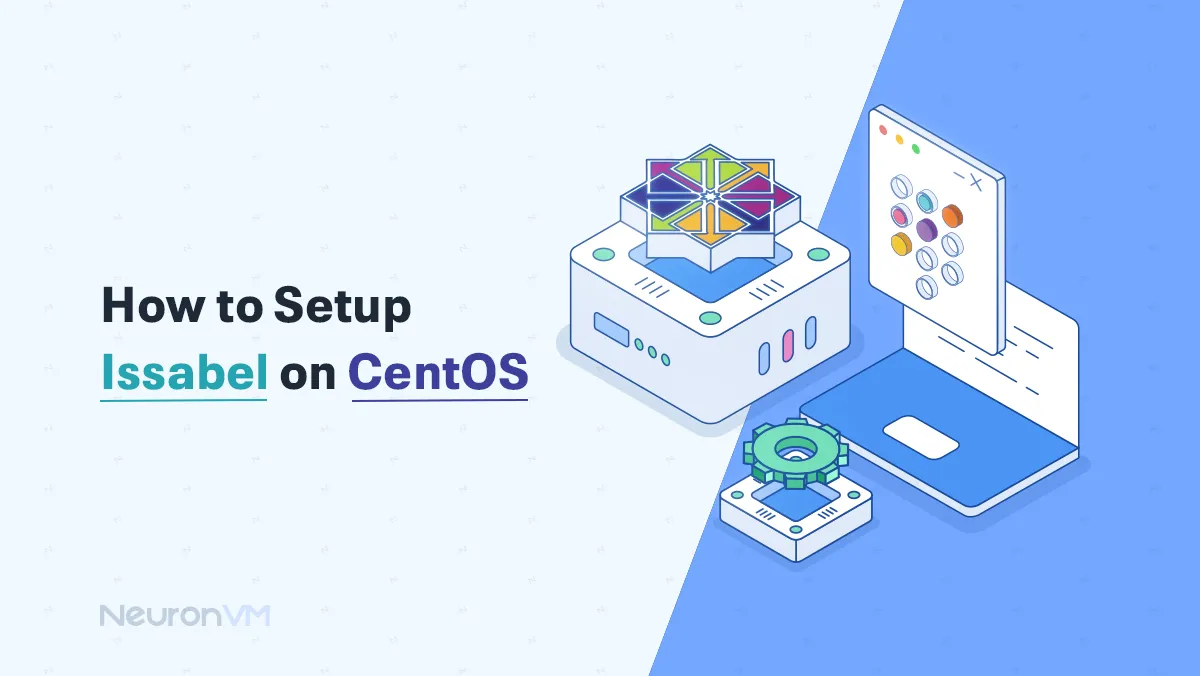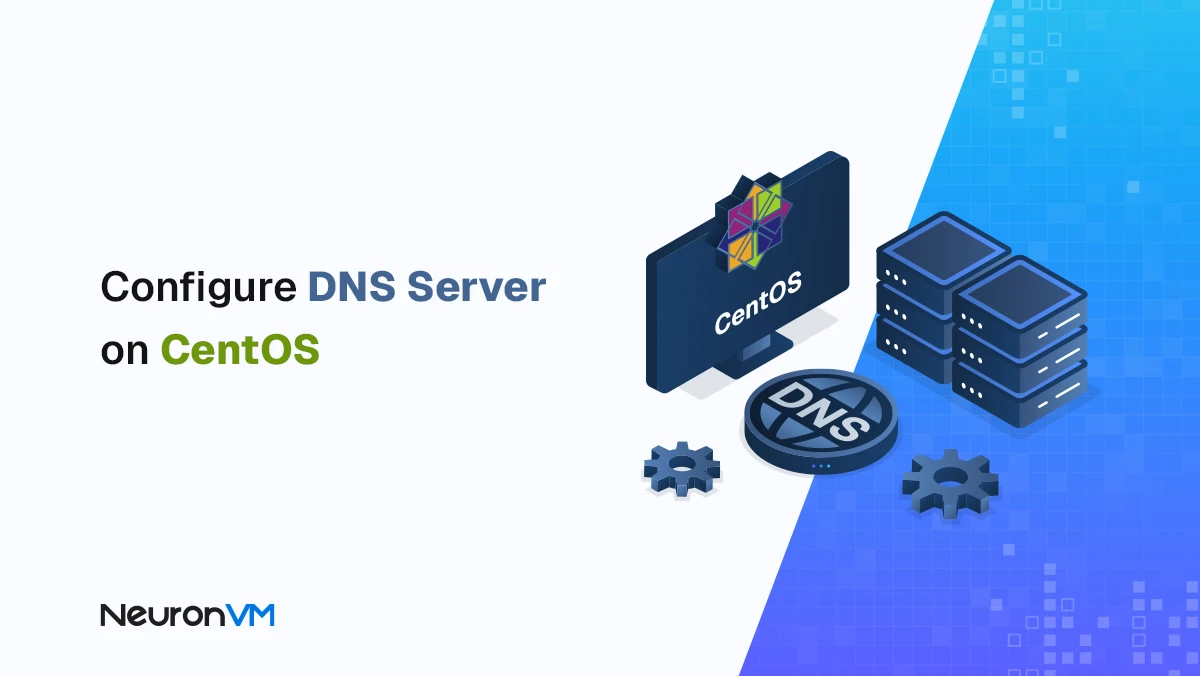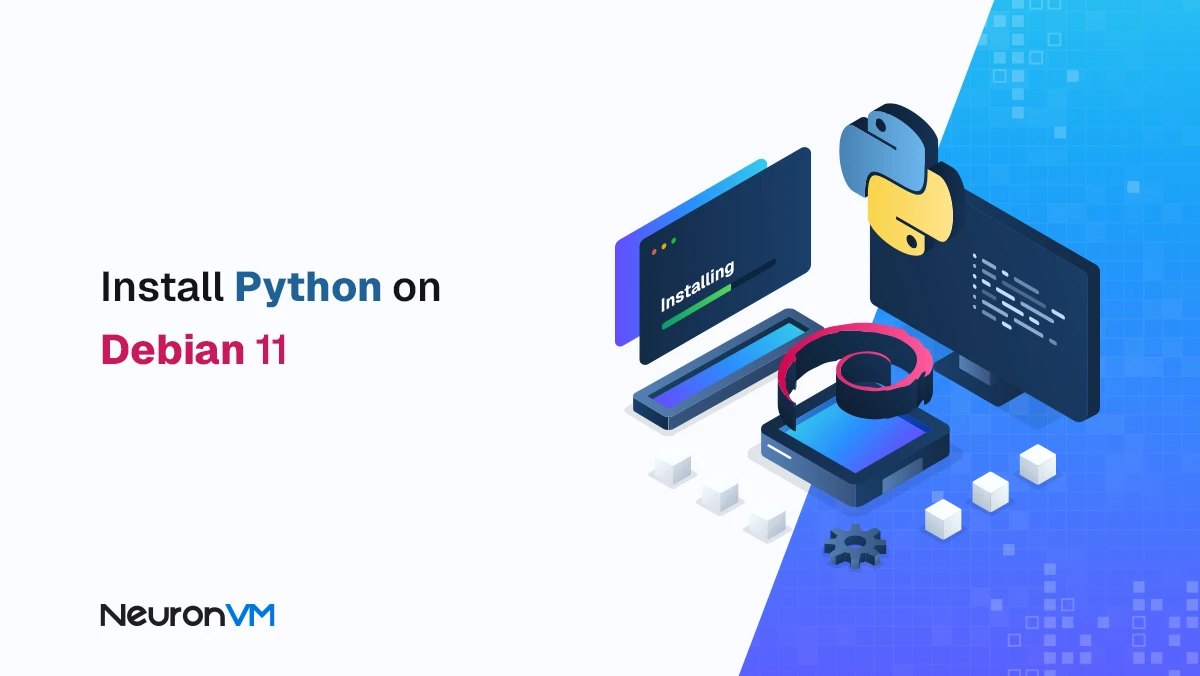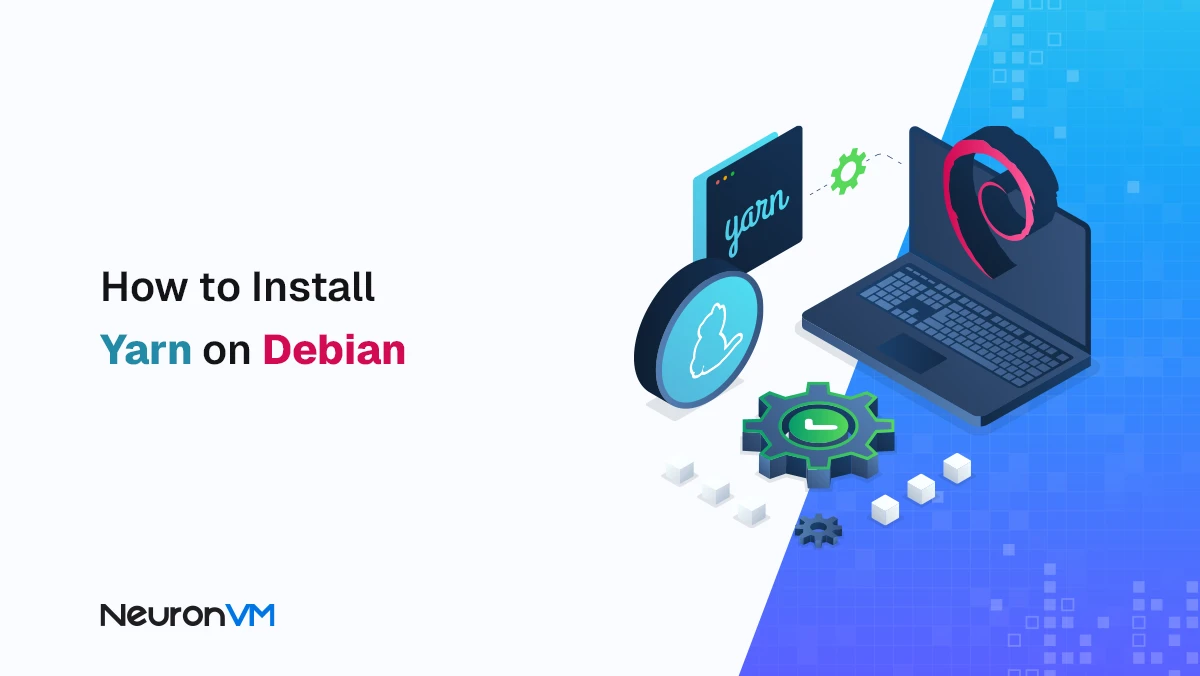How to Setup Issabel on CentOS

 9m
9m
 0 comments
0 comments
In this article, we will walk you through the process of installing and configuring Issabel on your CentOS server. Whether you are a small business owner, a system administrator, or simply someone interested in exploring the world of UC solutions, this guide will provide you with all the necessary information to successfully setup Issabel on CentOS environment. Now, let’s dive in and discover how to unleash the power of this software for your communication needs!
You can also get a Linux VPS and try installing Issabel on that.
What is Issabel?
Issabel is a robust open-source unified communications platform that offers a wide range of features and functionalities. It is based on the popular Asterisk PBX system and includes additional tools and modules to enhance its capabilities. Issabel allows businesses to integrate various communication channels such as voice, video, instant messaging, and email into a single platform, making it easier to manage and streamline communication processes.

Requirements
Although Issabel isn’t a demanding software, there are hardware and software requirements that should be met before installing it. Here are a list of what you need to install this mighty tool:
- A minimum of 1 GHz CPU, 1 GB RAM, and 10 GB storage (for better performance, it is recommended to have a faster CPU, at least 2 GB RAM, and more storage.)
- Appropriate CentOS version that is compatible with the version of Issabel you want to install.
- Stable internet connection
- Static IP address to ensure consistent accessibility
- Some dependencies need to be installed on CentOS. These dependencies include Apache, MySQL, PHP, and other required packages. You can install them using the following command:
yum install httpd mariadb-server php php-mysql php-gd php-pear php-mbstring php-xml
- If you have SELinux enabled, you may need to configure it to allow Issabel to function properly. Additionally, you may need to configure your firewall to allow the necessary ports for Issabel’s services.

Installing Issabel on CentOS
Now it’s time to learn how to install Issabel on CentOS. All you need to do is to follow the steps mentioned below:
- Install CentOS on your server if it’s not already installed. Update CentOS to the latest patches and updates by running the command:
yum update
- Install Apache, MySQL, PHP, and other required packages by running the command:
yum install httpd mariadb-server php php-mysql php-gd php-pear php-mbstring php-xml
- Start and enable Apache service by running the commands:
systemctl start httpd systemctl enable httpd
- Start and enable the MariaDB service by running the commands:
systemctl start mariadb systemctl enable mariadb
- Run the command to secure your MariaDB installation:
mysql_secure_installationFollow the prompts and set a root password, remove anonymous users, disallow remote root login, and remove test databases.
- Download the Issabel installation script by running the command:
wget http://repo.issabel.org/issabel4-netinstall.sh
- Make the script executable by running the command:
chmod +x issabel4-netinstall.sh
- Run the installation script:
./issabel4-netinstall.shFollow the prompts and provide the necessary information during the installation process.

That’s it! You have successfully installed Issabel on CentOS. It is recommended to refer to the official documentation for more detailed instructions and further configuration steps.
Troubleshooting common problems
There are a few problems that you might face during the process of setup Issabel on centos. Here’s a short list of those problems and how you can troubleshoot them.

- Dependency errors during installation: Check if all the necessary dependencies are installed. Use the command below to verify the installed packages.
yum list installed
If any packages are missing, use the command below to install them:
yum install [package_name]
- Firewall blocking required ports: Ensure that the necessary ports are open in the firewall. Use the command to check the currently open ports:
firewall-cmd --list-ports
To check the currently open ports. If the required ports are not listed, use to open the required port.
firewall-cmd --add-port=[port_number]/tcp
- Database connection errors: Check if the database server is running. Use the command to verify the status of the MariaDB service.
systemctl status mariadb
If it is not running, start it using:
systemctl start mariadb
Also, verify the database credentials in the Issabel configuration files.
- Web interface not accessible: Check if the Apache web server is running. Use the command below to verify the status of the Apache service.
systemctl status httpd
If it is not running, start it using:
systemctl start httpd
Additionally, check the firewall settings to ensure that port 80 (HTTP) is open.
Remember these are just a few of the problems you might face, but if you face any issues you can’t solve, tell us in the comments and our specialists will help you.
Conclusion
Well, there you have it folks! Another installation tutorial for anyone who wants to dive into the world of technology. Remember you can always get a Linux VPS and try these step-by-step guides to setup Issabel on CentOS. Also, if you have any questions, you can comment down below. We will get back to you in no time!






